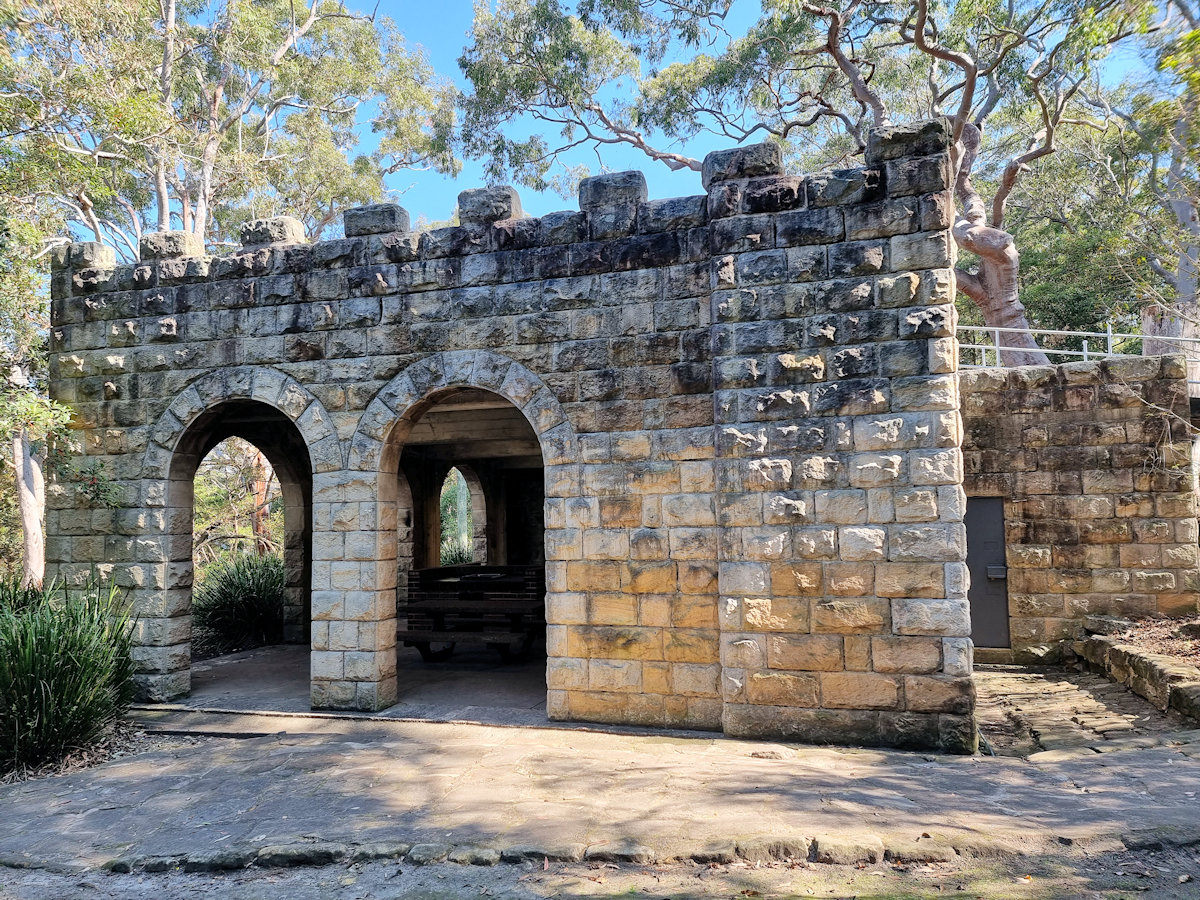Tag: castle
-
Oatley Park and Castle Australia

Oatley Park, Sydney Australia Overlooking the Georges River, Oatley Park is a sprawling 112-acre reserve offering activities from swimming and walking to picnics and a children’s playground. Dating back to the early European settlement of Australia the land was granted to Thomas Oatley in 1831, who established an extensive vineyard and orchard. However, it wasn’t… Read more
-
Liechtenstein

Liechtenstein The tiny Principality of Liechtenstein was on our agenda as part of a four-day bus trip through southern Switzerland. Our time was very limited as we had to stick to the bus trip’s timetable. The reasons for the stop seemed to be so that people could say they had been to the tiny country.… Read more
-
Loire Valley Châteaux Day Trip

A great day trip south of Paris, takes you to the Loire Valley and some of its amazing châteaux. We booked a small group tour in a mini-van. There were six of us and the driver/guide. The itinerary took us to three châteaux, including lunch at the second. Château Royal d’Amboise The drive from Paris… Read more